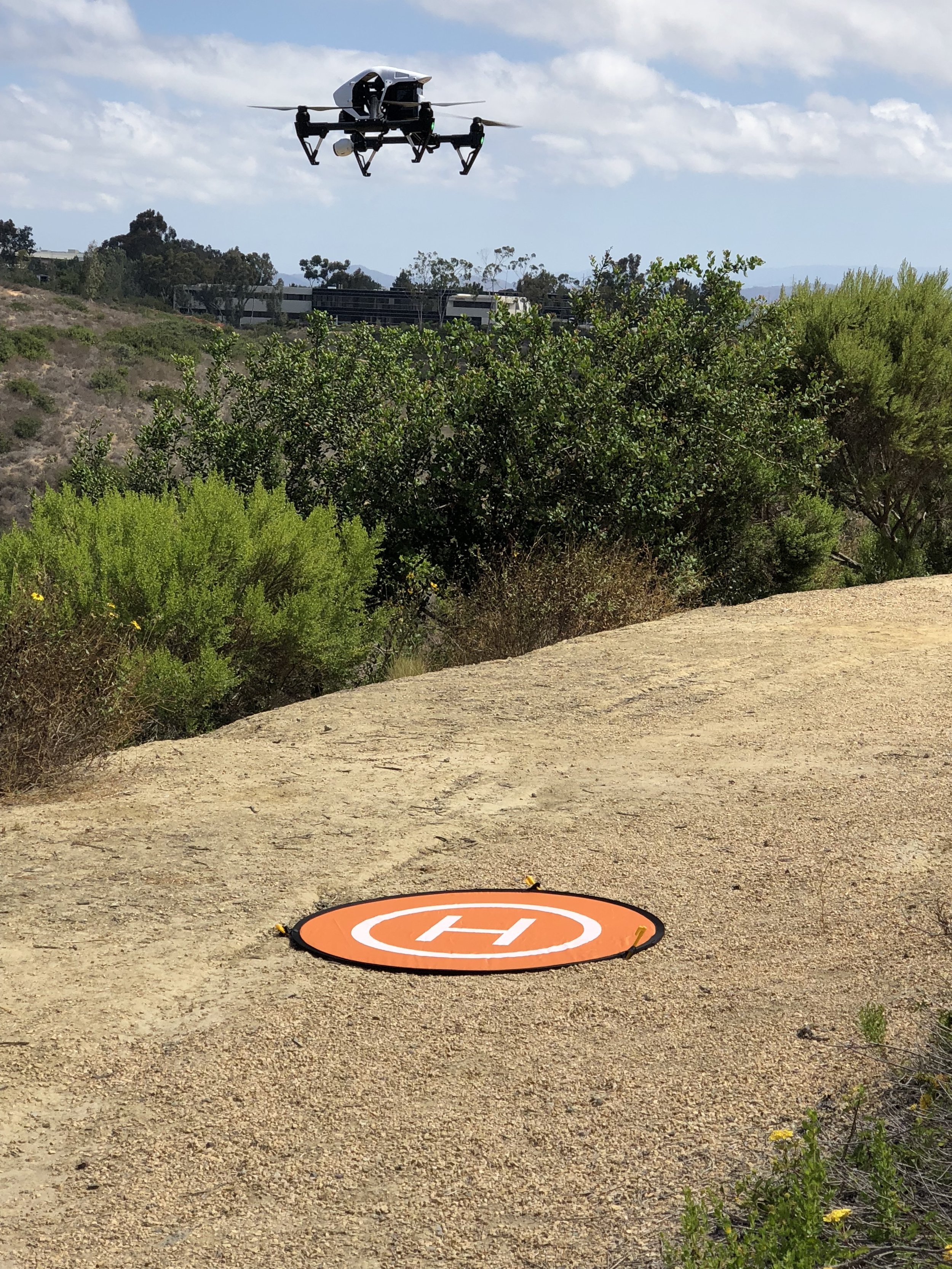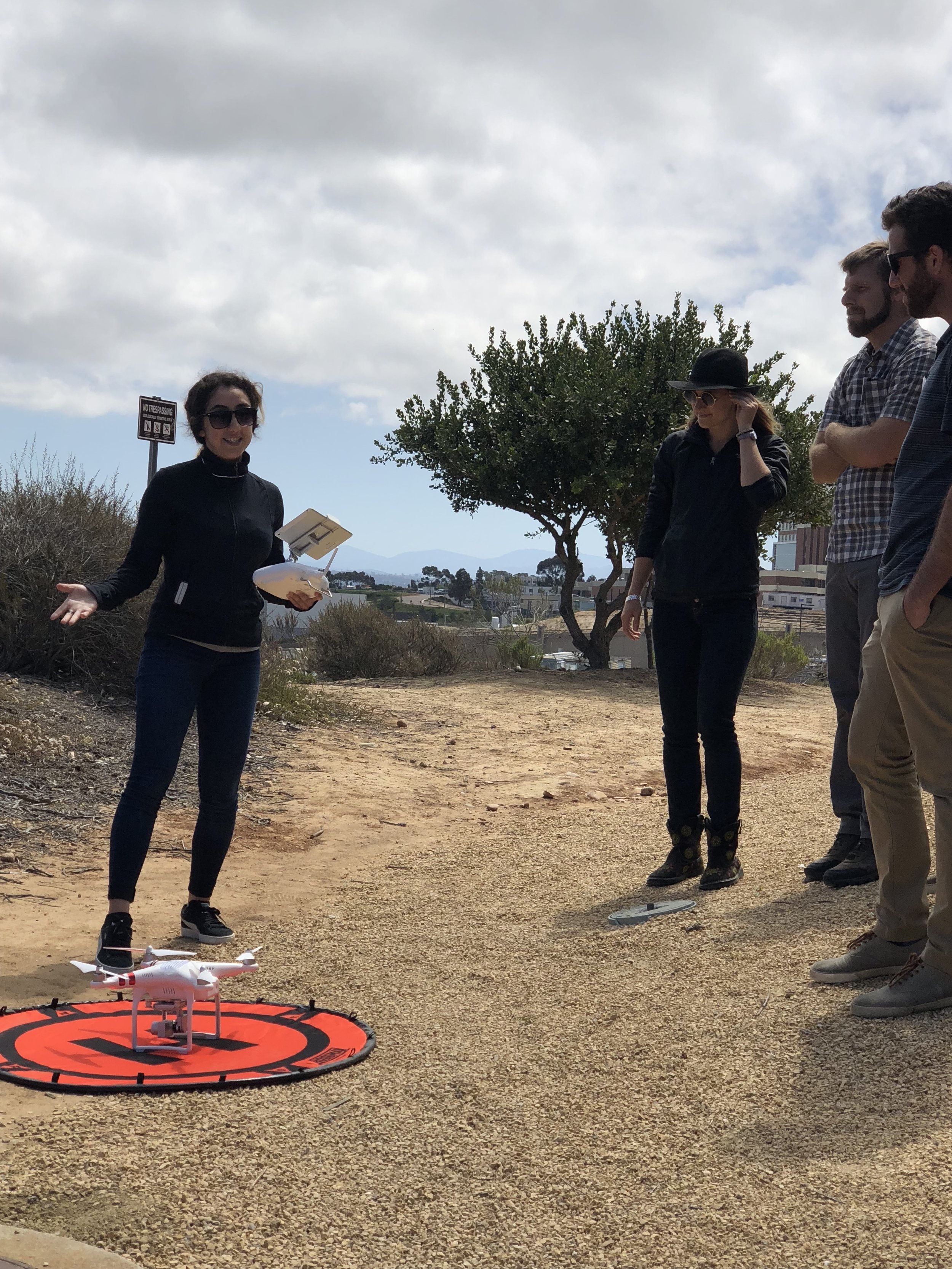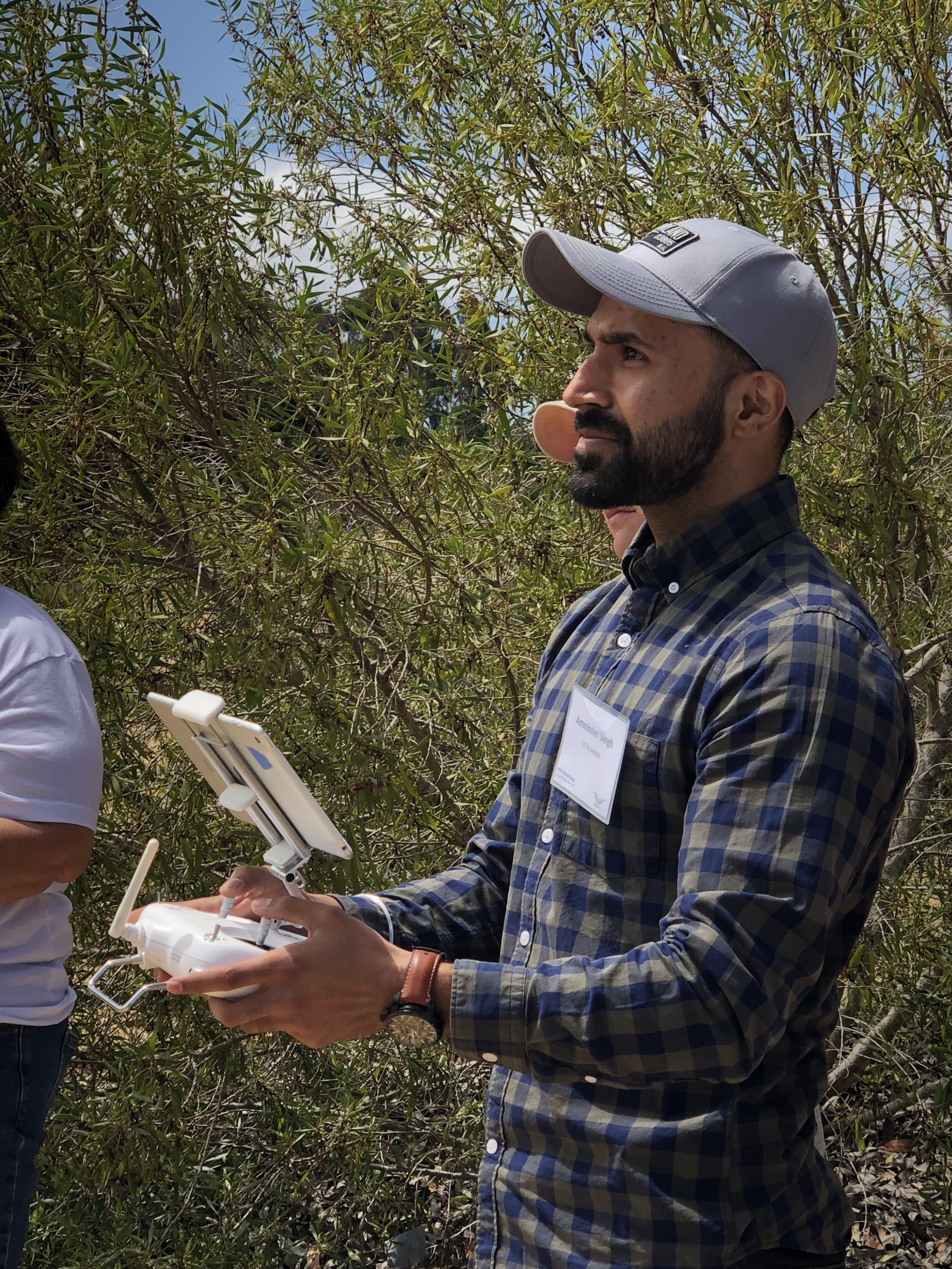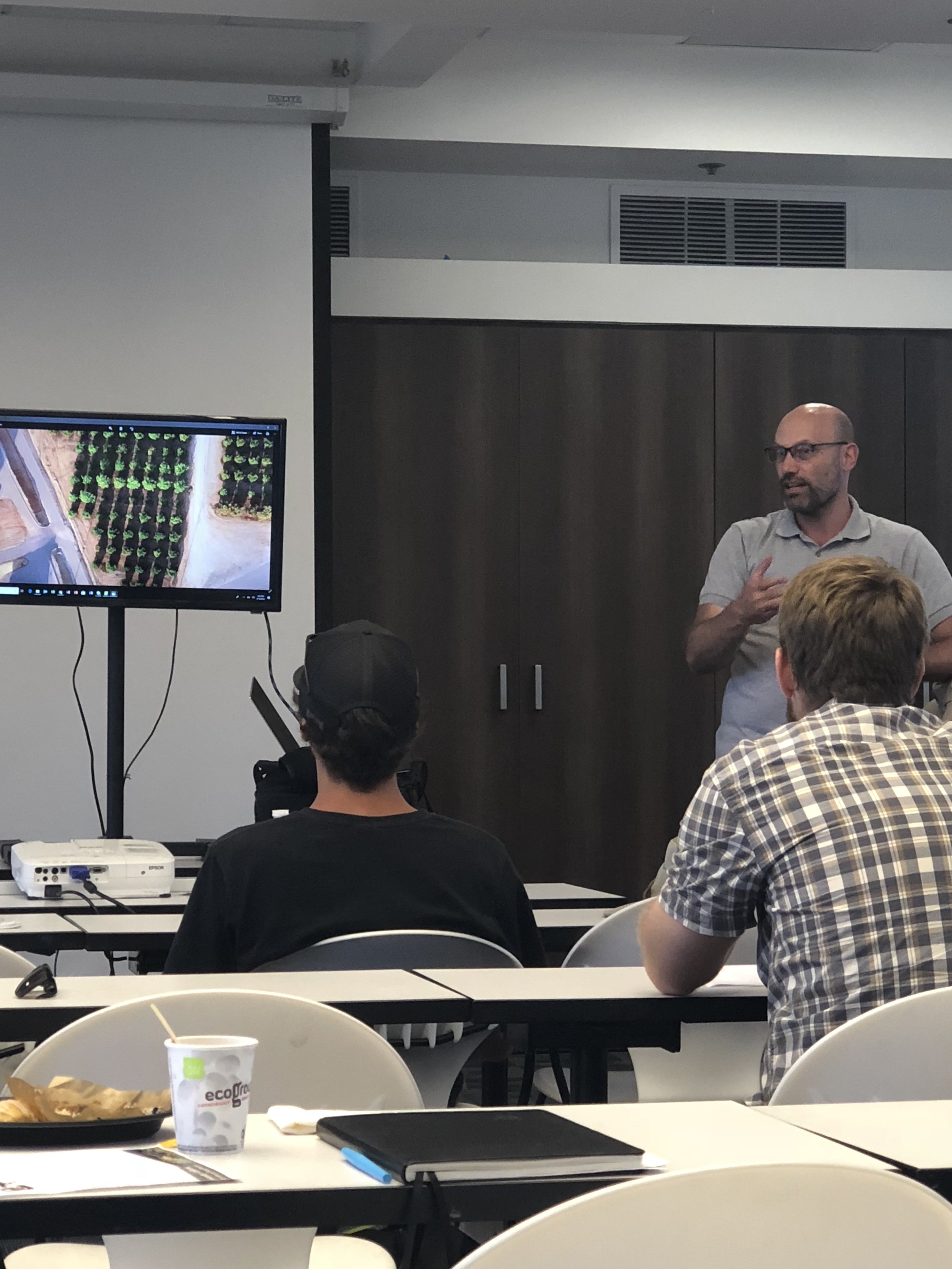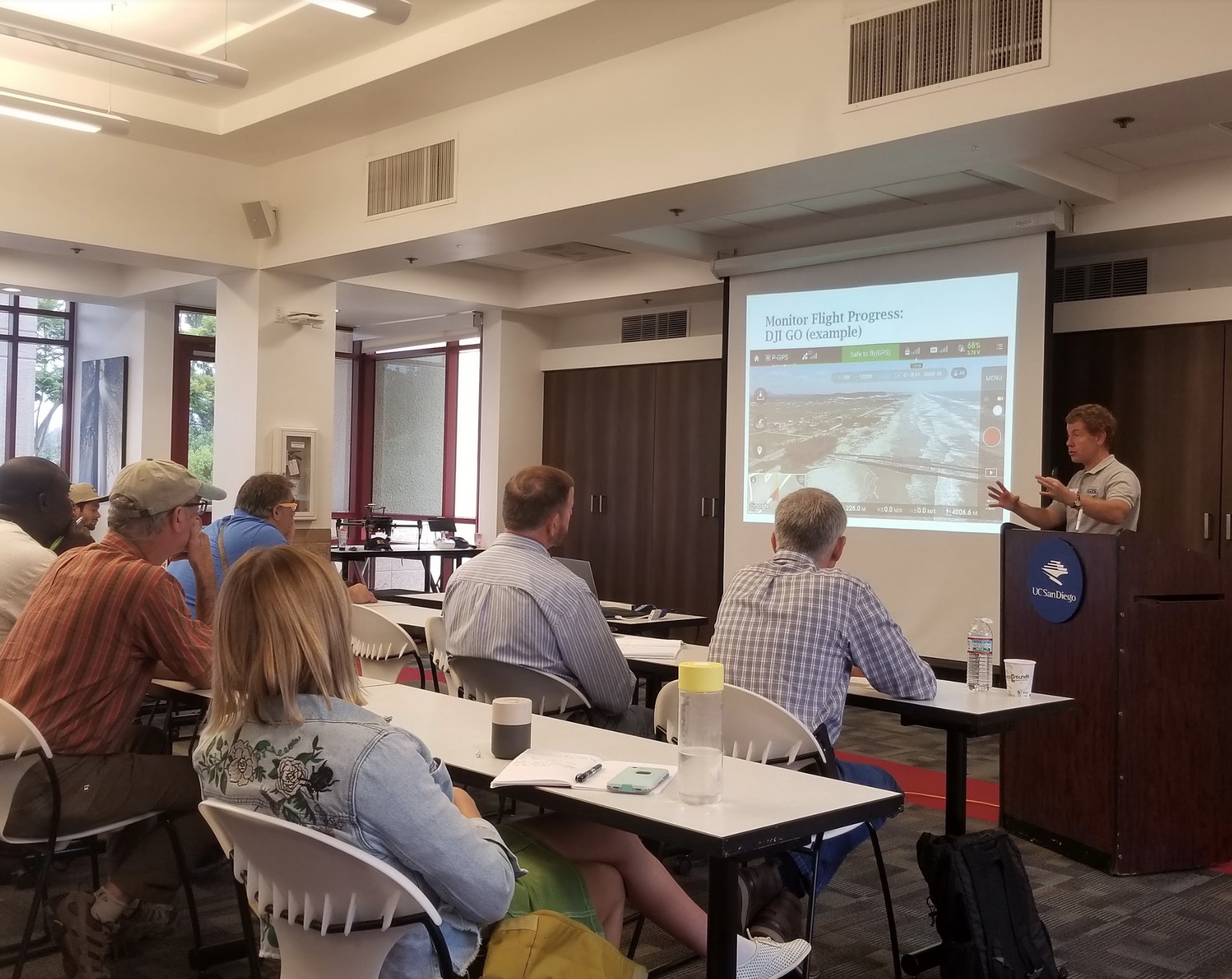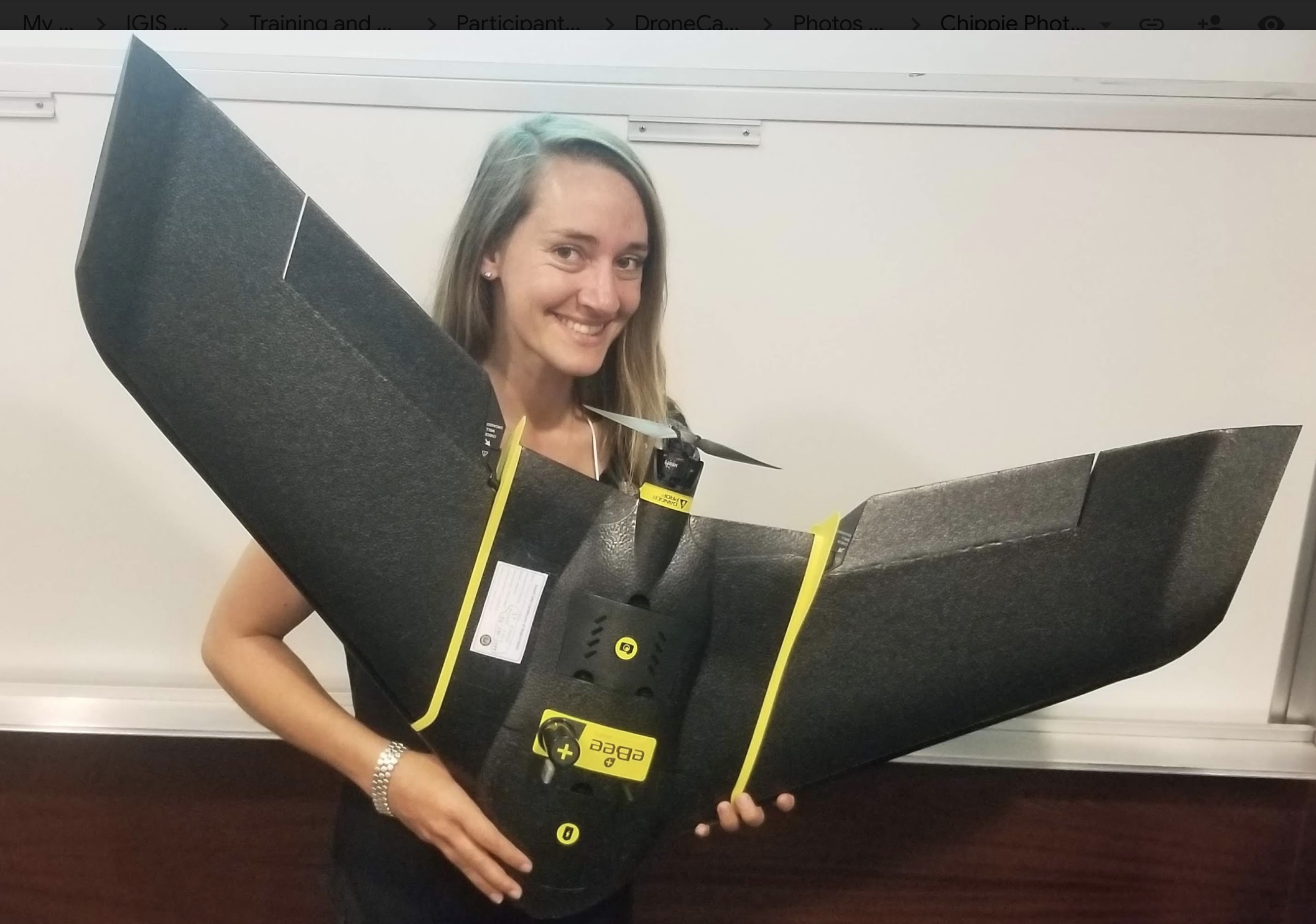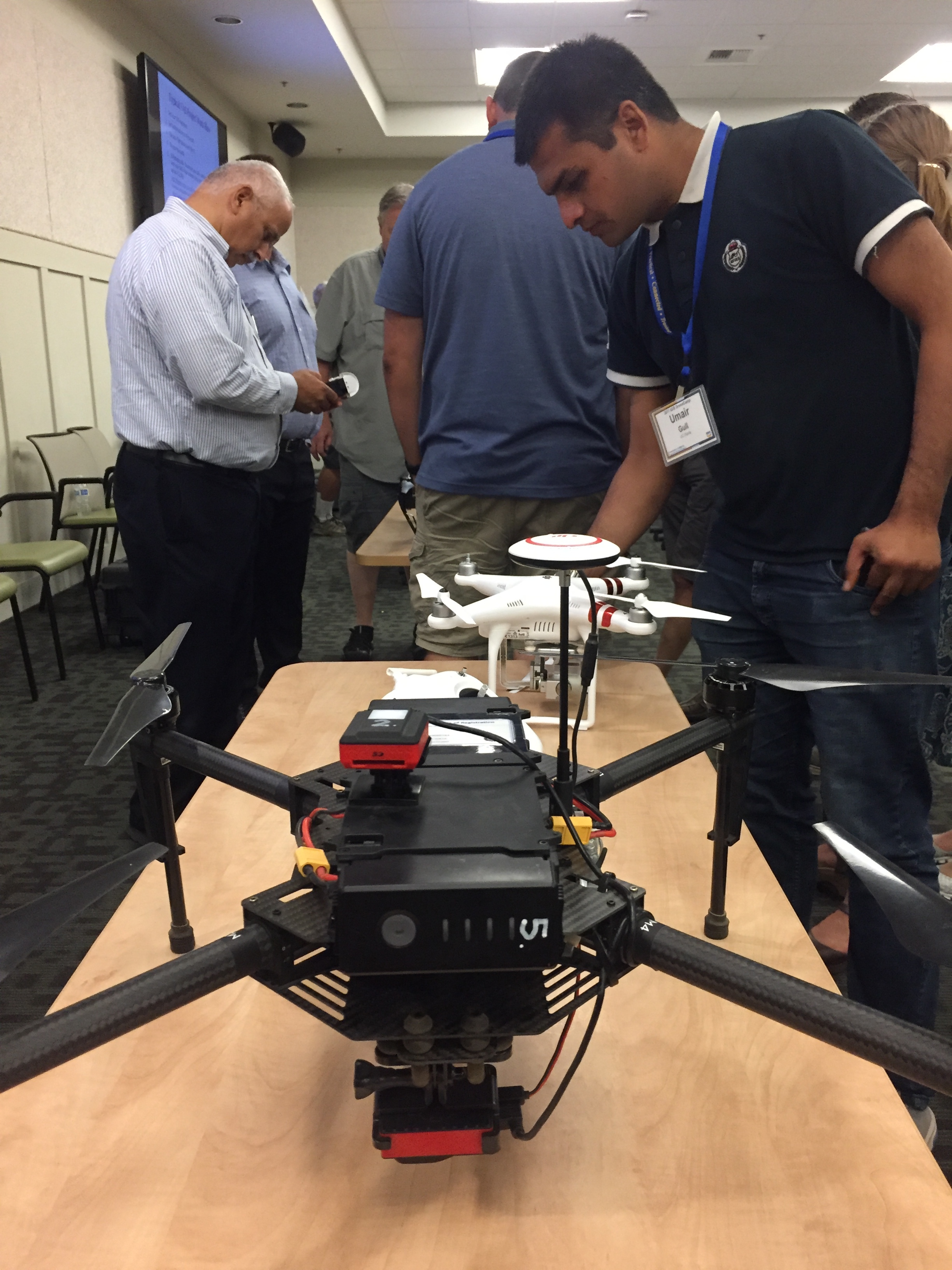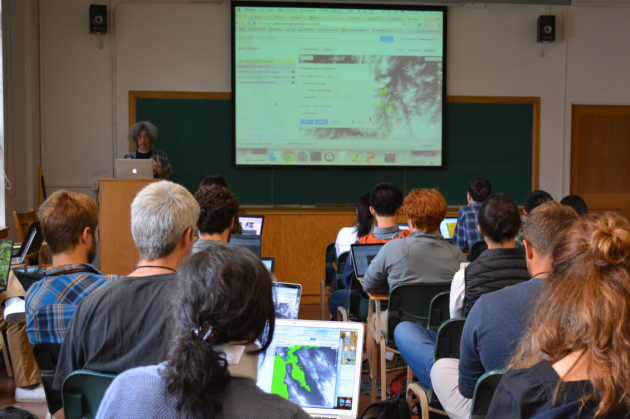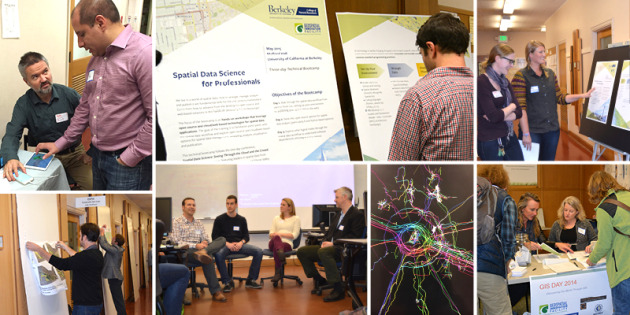Wrap-up from ESRI User Conference 2019 Day 3
/Day 3 Highlights
Note to Self: Remember the User Types: Viewer, Editor, Field Worker, Creator, GIS Professional
Wednesday morning I went to ArcGIS Apps for the Field so that I could get my head around all the different and new tools that can be used to collect field data. And sister, there are a lot of them. There are of course the capture apps that we know and love - Survey123 and Collector - but there are also apps for all the steps of the field operations: planning, coordination, monitoring and navigation to sites. These apps include: Explorer, Workforce, Tracker, Operations Dashboard, QuickCapture, and Navigator. Excellent session.
Apologies to the NRC for borrowing the tagline…
I then went to two Women in GIS events: the “Ask Me Anything” panel of women leaders, and then the Women in SIG lunchtime session where I was the guest speaker. The panel was super inspiring and included Whitney Kotlewski, Nicole Franklin, Dierdre Bishop, Wan-Hwa Cheng, and Miriam Olivares. These passionate and smart women shared very diverse experiences in life, in their careers, and in GIS. We saw a hot-off-the-presses video from Black Girls MAPP, which was so great. Why haven’t BGMAPP been featured at the ESRI Plenary Session? My session was a lot of fun, with a great turnout and good questions. I talked about my ideas around “Mapping for Impact” and what that means in terms of #people, #data, and #tools. Here is one of my slides. This is what I think about all day. Very pleased that this kind of networking is going on, and that panel in the morning session was extraordinary.
Afternoon sessions had me try to ingest as much as possible about cutting-edge tools. I focused first on QuickCapture. This looks like a promising app for classroom teaching, field sampling, and citizen science. And I am not the only one who thought so - the room was full and so I watched the workshop livestream from another room. Some points: fully customizable collection forms via Designer, can collect points, paths, photos, text, maybe voice in the future, and can connect to external high accuracy GPS antenna. More to do! Then, to close out the day, it was a toss-up between Architecting my ArcGIS Online or more Kenneth Field showing off 3D Cartographic Techniques. Of course I chose 3D. This was an immersive presentation with Kenneth Field (the self-proclaimed “3D skeptic”) and Nathan Shepard guiding us through some of their favorite 3D visualizations and how they make cartographic choices in 3D. The good news is most of the things you know from 2D cartography are relevant in 3D. The bad news is that there are some vis challenges like perspective distortion and hidden content with 3D. But also, 3D might be overkill. When do you use 3D? When is 2D good enough? After all, 2D mapping is awesome. To discuss this (and provide lots of friendly banter back and forth) they showed us an example of 2D vs 3D by mapping the arctic fox on her journey from Norway to Canada. I liked the 2D version myself. They also looked at the classic Minard map of Napoleon’s journey to and from Moscow in 2D and 3D. Lots of good stuff to dig in to. Thanks to Nathan Shepard and Kenneth “I quite like spinny globe thingys” Field. Good stuff.










